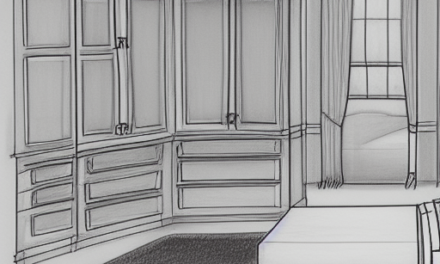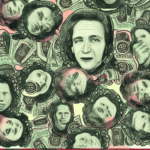Over the last few years, alternative medicine has become more and more mainstream in North America and Europe, with many governments and health care providers recommending the use of this special knowledge for a wide variety of ailments. Alternative medicine is, broadly speaking, any kind of medicine, therapy or care that is outside of the realm of Western, science-based medicine. Thus, it can include everything from specific therapies like chiropractic therapy, which came into existence in late nineteenth century North America, to ancient Eastern systems like Ayurveda, a traditional form of medicine associated with Hinduism in India. One way in which patients in the regular system can benefit from this type of knowledge is through complementary care (sometimes abbreviated as CAM or Complementary and Alternative Medicine) where regular scientifically based medicine is practiced along with alternative treatments in the hope of giving patients the best of both worlds.
Although what can be called alternative medicines are various there are five categories that can be used to describe the various treatments available. These are: mind/body treatments, energy based treatments, muscle and joint manipulation, biological treatments and alternative systems. Using a few well-known examples, let’s look at each of these categories in turn. Before we go on, however, it should be mentioned that these categories often overlap; acupuncture for example is both a part of traditional Chinese medicine and an energy based therapy.
First, let’s look at what is probably the most popular category: biological treatments using vitamins, minerals and herbs. This category can include anything from mega-vitamins to aloe to goji berries when these are used to help with medical conditions. Although many of these remedies have not been scientifically proven for many of them there is a great deal of anecdotal evidence.
Next, we come to mind body therapies which include such things as tai chi, meditation and hypnotherapy. The idea here is that the mind can have an effect on the body whether this is meant to be preventative or to alleviate symptoms. Those that involve exercise such as yoga are also beneficial in and of themselves for this reason alone, regardless of their therapeutic value in a medical context.
Energy based treatments such as reiki fall into two categories. These are the verifiable, where the energy involved is provable, like magnetic and light therapy and the unverified, where the energy is believed to exist by practitioners but has not been scientifically proven as is the case with acupuncture as well as reiki.
Body manipulation therapies are treatments based on moving muscles and joints to treat problems like back pain. Some practitioners of this type of alternative medicine are osteopaths, massage therapists and chiropractors.
Finally, we come to the last group of alternative therapies: those that are closed systems that in many places still compete with western medicine. The two most popular are the aforementioned Ayurveda and traditional Chinese medicine. Ayurveda is based on the belief in three “humors” and that sickness is caused by them being out of balance; most of the treatments offered by this system are plant based. Traditional Chinese medicine, on the other hand, encompasses things from every category we have discussed. This includes herbs, massage and Feng Shui among others.
In conclusion, while this is by no means a comprehensive survey, hopefully it gives the reader an idea of how vast the field of alternative medicine is and the different categories that comprise it. Although many of these treatments have not been proven effective by Western science there are millions of people around the world who swear by them and many of them have obvious health benefits regardless of their efficacy as treatments for disease.









